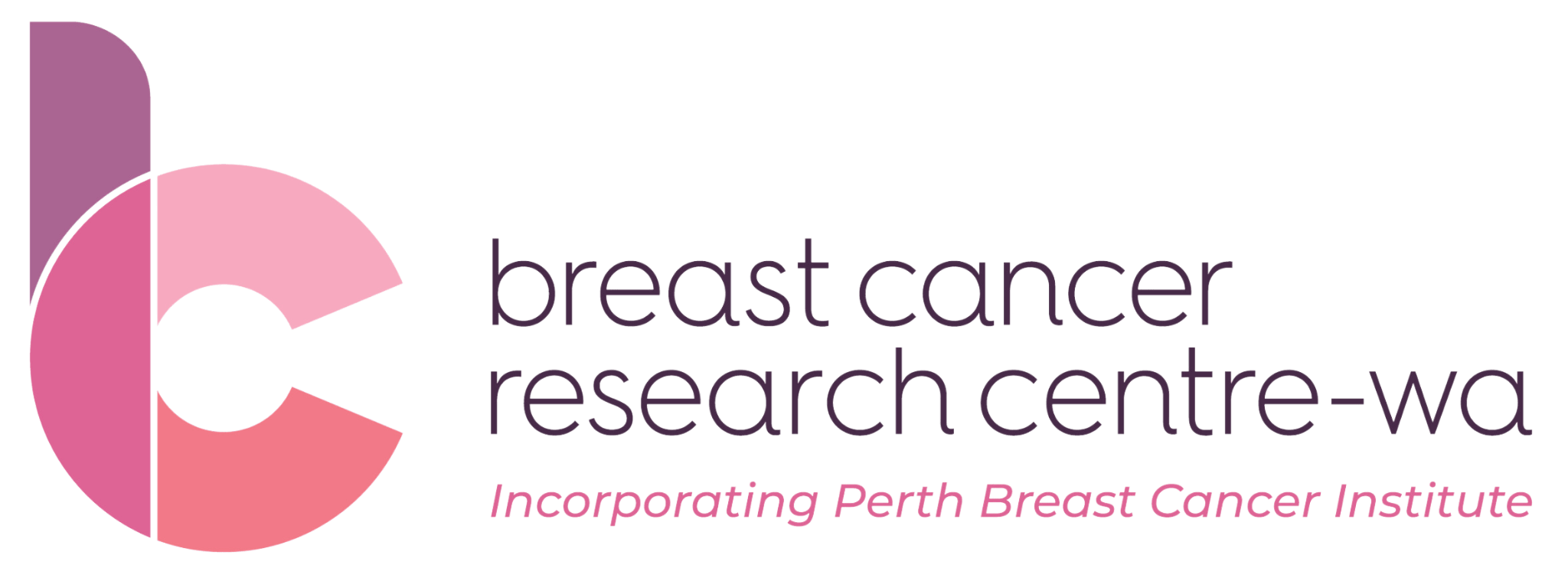Endocrine Therapy in Breast Cancer
What is it?
Endocrine therapy (ET) is the kind of treatment that reduces the production of female hormone, oestrogen, or blocks oestrogen from stimulating any potential cancer cells in your body. It is an important component of breast cancer treatment. ET is only used in patients who have oestrogen (ER) and/or progesterone receptors (PR) detected in their breast cancer, also known as ER/ PR positive breast cancer.
What does oestrogen do?
Oestrogen (or estrogen) is a sex hormone which is responsible for growth and various organ maturation throughout your life and has important functions in both women and men. It plays an important role in sexual organ maturation at different stages of life, for instance at puberty, menstruation, pregnancy, breast and milk duct development, and also in bone and heart health.
How does oestrogen play a role in Breast Cancer?
70-80% of breast cancers have “hormone receptor” on the surface of the breast cancer cell and thus oestrogen in the body can support the cancer cell’s growth. These ER/PR positive breast cancers can thrive under the stimulating properties of oestrogen found in body fluids and the blood stream.
As tissues in a woman’s body have more oestrogen exposure throughout their lifetime, breast cancer is more common in women as they become older. But as men also have circulating oestrogen in their body, breast cancer can also develop in men.
Breast cancer is also more commonly found in women who are overweight after menopause. This is because the chemical substances in the extra fat tissue can increase oestrogen production and this excess oestrogen allows greater exposure of normal breast cells to oestrogen and thus can increase the risk of that woman developing breast cancer.
How is oestrogen targeted in breast cancer?
Since the source and level of oestrogen is different in women before and after menopause, treatment strategies differ in these situations.

Side Effects
Many of the side effects from ET are caused by a reduction in oestrogen levels and the subsequently lower amount of oestrogen to act on normal cells in the body – these symptoms are called menopausal symptoms. Tamoxifen can also cause very specific side effects- see below. Oestrogen is a ‘vitality’ hormone and by lowering its levels in the body, some side effects can occur as follows:
- Hot flashes and night sweats – This result from less oestrogen to stabilise the muscles around your blood vessels. Typically a woman will experience redness and the feeling of heat in the chest and face. Sweating can also occur. In some women, this is worse at night time
- Joint/muscle aches and pains (also known as arthralgia/myalgia)
- Vaginal dryness
- Reduced libido
- Reduced energy
- Memory impairment
- Interferes with normal sleeping
- Osteoporosis – Oestrogen works to reduce bone degeneration or bone loss. A reduction of oestrogen can reduce the density of your bones and increase the risk of fracture, especially in the setting of minimal trauma. It is important to know that Tamoxifen does not have a “bone losing effect” and can in fact improve bone mineral density. You will have your bone mineral density checked at the beginning of and during (every 1-2 years) your ET. If you do develop osteoporosis or have a fracture, medications to increase bone mineral density can be started. It is usually recommended to take Vitamin D and Calcium supplementation as well as having a balanced diet and include regular weight bearing exercise to prevent these complications.
- Heart disease – Including coronary artery disease and heart attack. The mechanism relating heart problems with ET (particularly aromatase inhibitors) is not well understood. The risk of heart disease as a result of ET is less than 1%. There are ways to reduce this risk including maintaining a healthy weight with a balanced diet and exercise, as well as monitoring other risk factors such as blood pressure, lipid profile and diabetes with your family doctor.
You should talk to your oncologist if you develop any of these side effects. There are several well-researched strategies to manage these symptoms.
Tamoxifen Side Effects
In addition to the side effects mentioned above, there are some special considerations with tamoxifen.
- Blood clot in the veins – Small risk (approximately 1-2%) in the calf muscle or in the lungs whilst on tamoxifen. There is no need to take blood thinners. If you are sitting for prolonged periods (e.g. long flight or car journey for several hours) or in need of surgery which will require you to be in a hospital for several days, please let your oncologist or surgeon know and they will advise if you need to stop tamoxifen for a short period of time.
- Uterine cancer – This is a very uncommon side effect of tamoxifen therapy occurring in less than 1% of women on this treatment. The risk is higher with increasing age. If you develop any vaginal bleeding, spotting or pelvic pain whilst taking tamoxifen, you must inform your family doctor or oncologist. You may then need to see a gynaecologist for a hysteroscopy (a procedure which examines the inside of your uterus).
- Retinal (i.e. back of your eye) disease –Tamoxifen can cause crystal-like deposits on the back of the eye, affecting vision. This is a very rare side effect. This side effect is generally seen only in patients taking high doses of Tamoxifen, not the smaller dose for cancer treatment. Alert your specialist if you develop a reduction in your vision or visual changes.
- Vaginal secretions – Tamoxifen can cause increased vaginal secretion instead of vaginal dryness.
Fulvestrant Side Effects
- Mild discomfort at the site of the injection
How long will I be on Endocrine Therapy?
Early breast cancer (after surgery) – The role of ET after breast cancer surgery is to reduce the risk of breast cancer recurring. Patients will be on endocrine therapy for a minimum of five years after surgery (and/or chemotherapy). Some patients will benefit from extending this treatment up to ten years. It may involve switching ET or staying on the same therapy for 10 years.
Advanced or Metastatic Breast Cancer – ET is used to control or kill breast cancer growth. It is often used in combination with other therapies that suppress cancer growth. ET will be given for as long as it is effective in controlling your breast cancer and your oncologist will help you with side effects, so please discuss this with him or her.

Patient Information Pamphlets
Breast Cancer Research Center – WA aims to support and educate breast cancer patients. For a specific pamphlet, ask our staff at your next appointment.
Download the Endocrine Therapy in Breast Cancer pamphlet here:
